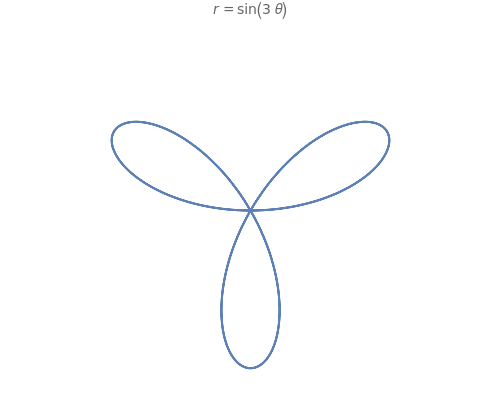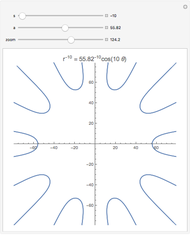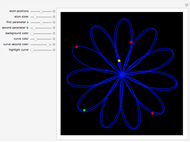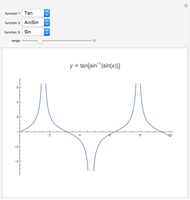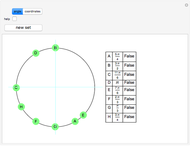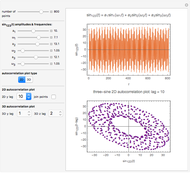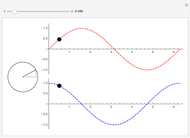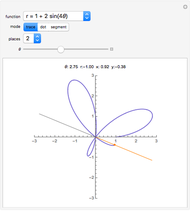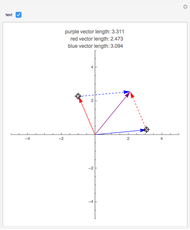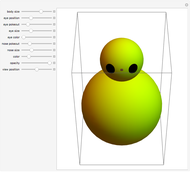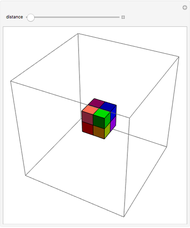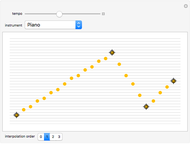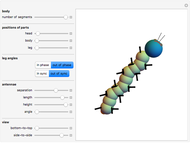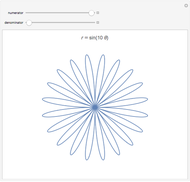Flower-Like Polar Plots

Requires a Wolfram Notebook System
Interact on desktop, mobile and cloud with the free Wolfram Player or other Wolfram Language products.
Changing the coefficient inside a polar plot of a simple sine function gives a wide range of flower-like patterns.
Contributed by: Christopher Wolfram (March 2011)
Open content licensed under CC BY-NC-SA
Snapshots
Details
The idea for this Demonstration has been rediscovered many times. The first known discovery was in the 1720s, when Italian mathematician Guido Grandi called a class of polar equations "rhodonea" because they looked like flowers. The objects in this Demonstration are often now called "roses."
Permanent Citation
"Flower-Like Polar Plots"
http://demonstrations.wolfram.com/FlowerLikePolarPlots/
Wolfram Demonstrations Project
Published: March 7 2011
